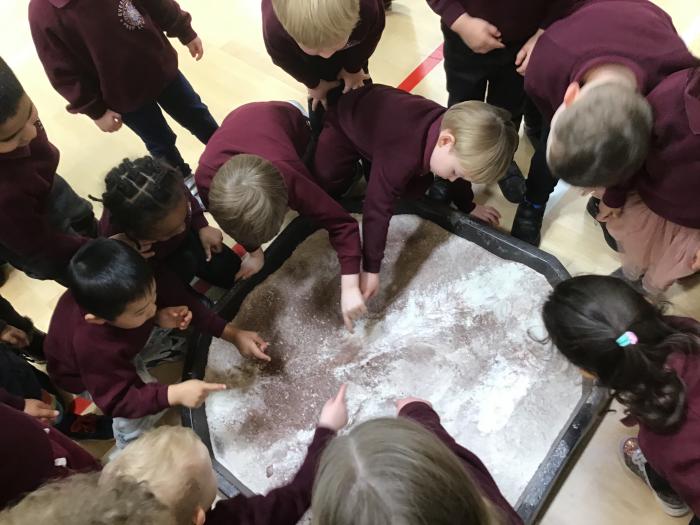









Smashing Stereotypes in Science: British Science Week
During British Science Week we celebrated the diverse careers and people in science, technology, engineering and mathematics (STEM). It seemed fitting that as this year’s event coincided with International Women’s Day that we also smashed the myth that a career in science is traditionally thought of as a boys’ discipline.
There is underrepresentation in STEM-related disciplines of woman, but that is not due to ability, as reports show that girls perform similarly to boys in science, technology, engineering and mathematics disciplines at the level of GCSEs, but often follow a different track for A level and beyond as underrepresentation of women working in the field makes it difficult for girls to imagine their future in a science-related subject.
Mrs Sliney kicked off the week of activities by inviting six special female guests to take part in a dedicated British Science Week Assembly to help the children relate to the diverse and exciting job opportunities awaiting. Huge thanks to Dr May (Henry and Ted’s mum), Dr Hussein (Ayyoub and Suleiman’s mum), Mrs Bernard (Sophie and Enzo’s mum), Mrs Mistry (Darshan and Aryan’s mum), Dr Gopallan (Shriyaas’s mum), Dr Desai (Lksh and Prema's mum) and Professor Pikramenou (Christos’s mum) for sharing their journey and inspiring the children to follow their pathways into STEM careers.
Form 1 reflected and learned about the work of four pioneering women scientists and made posters to display in their classroom for Polish and naturalized-French physicist and chemist, Marie Curie (1867-1934); English chemist Rosalind Franklin (1920-1958); soviet cosmonaut Valentina Tereshkova (1937); and Nobel Prize winning American scientist Barbara McClintock (1902-1992).
In a hands-on practical lesson Form 6 investigated the anatomy of the eye. They carefully dissected sheep eyes to examine how light travels through the eye to be processed by the brain.
In Early Years the children in nursery and kindergarten re-enacted the moment the fireball meteor crash landed in Gloucestershire at the beginning of March. They investigated how the height from which an object is dropped effects the moment of impact and size of crater created. There were some spectacular ‘flour’ landings with the children encouraging Mrs Sliney to go higher and higher before they experimented creating craters themselves by dropping the Easter Bunny’s eggs from different heights.
We hope that through our week of activities we have encouraged more girls to make STEM a lifelong career.